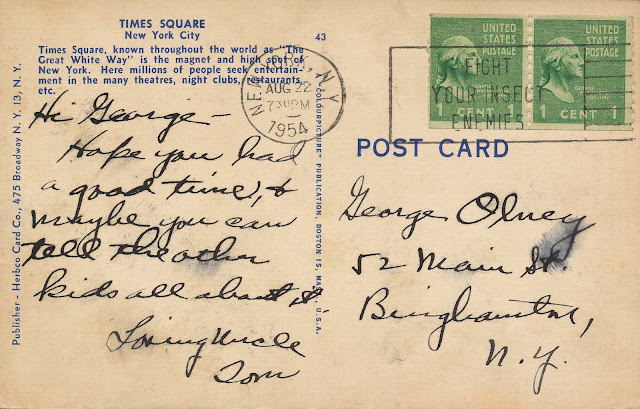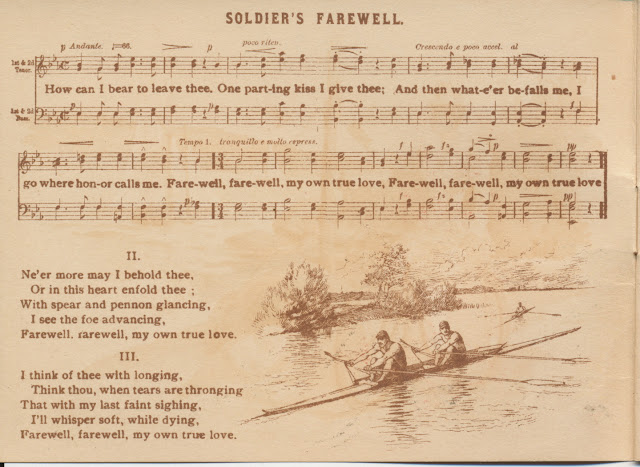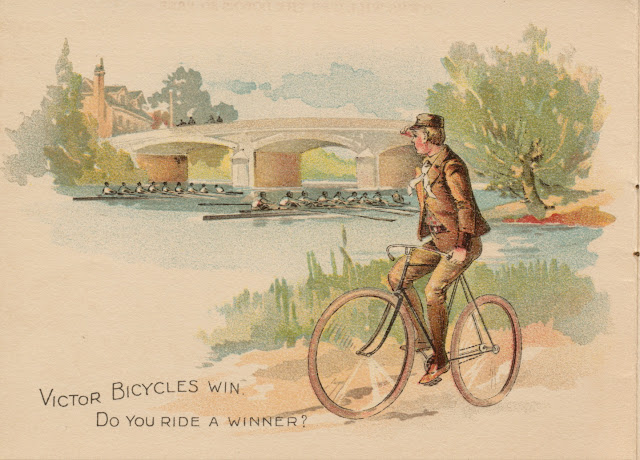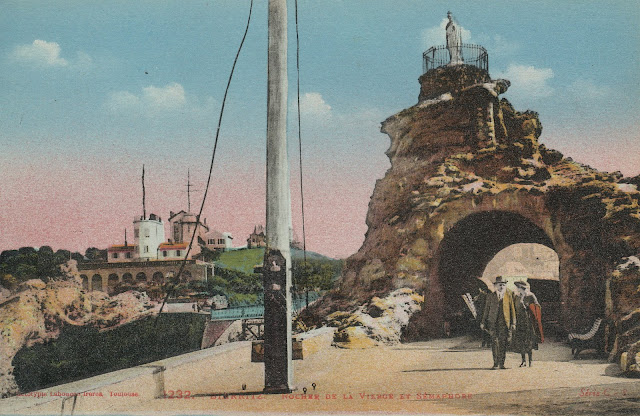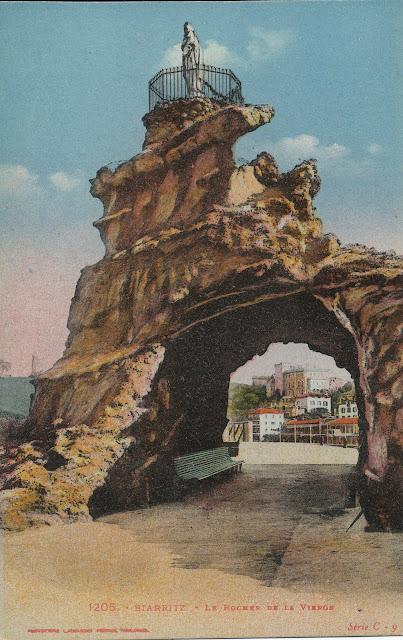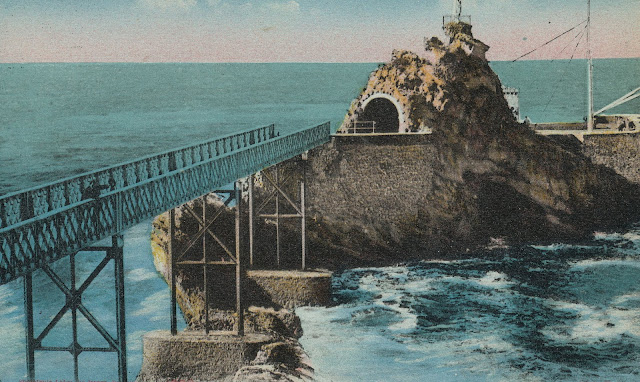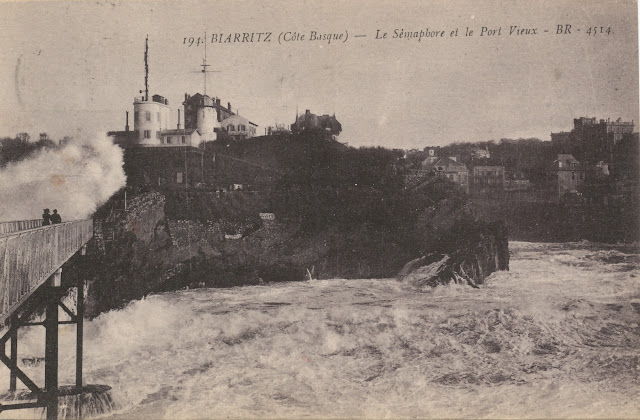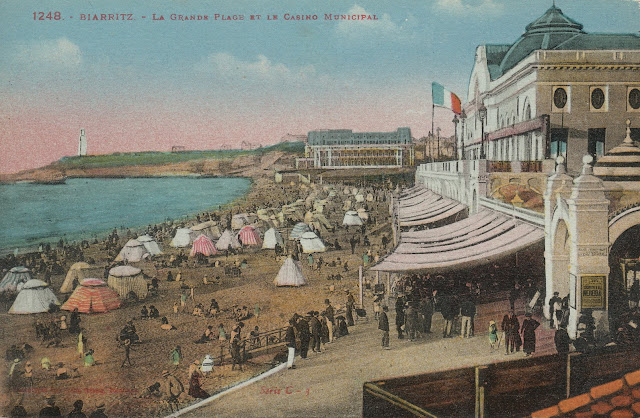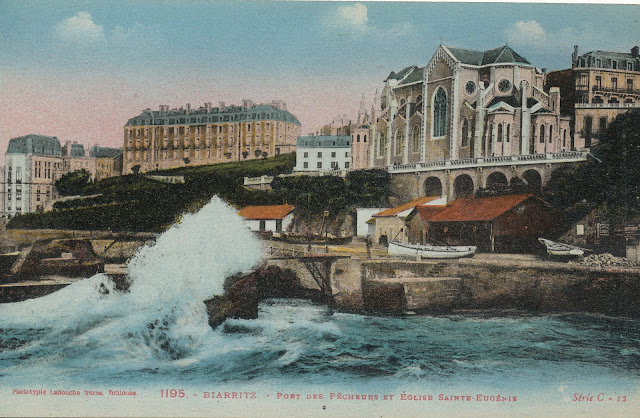
There are still some historic buildings in Central City, such as the Central City Opera House, which once hosted Buffalo Bill and Lillian Gish. If you'd like to read more about Central City and its history, visit the Legends of America website.
The architect who steals my covers visited Central City in the 1980s. He said it was a beautiful place, albeit a ghost town. Gambling was introduced in the 1990s, bringing with it a lot of ugliness, including tour buses, traffic jams, and a four-lane parkway to transport gamblers from the Interstate. Tragically, the building height limitations on undeveloped land have also been eliminated, presumably to encourage the development of more casinos. Previously the limitation was 53 feet, so as not to overshadow the quality of the historic town.
Here's another card, probably from the 1940s:


The back of the first card, the real-photo card, is very light, but the EKC on the stamp box indicates it was printed sometime between 1930 and 1950.




